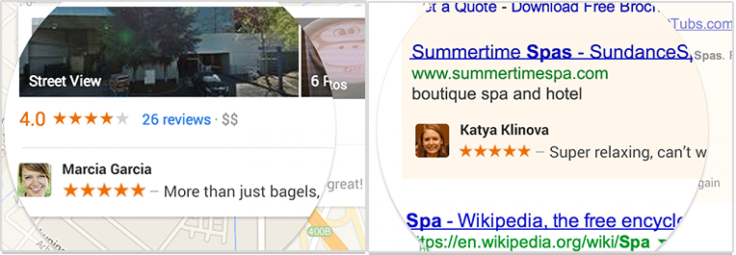Google Plus Users To Protest ‘Shared Endorsements’ With Eric Schmidt Profile Picture

Google (NASDAQ:GOOG) announced Friday that it will use the photos and names of Google Plus users in new advertisements beginning on Nov.11. Protests of the new practice, which Google calls “shared endorsements,” see Plus users changing their profile pictures in an effort to show the search giant who's boss.
Some annoyed Google Plus users are changing their profiles to show Google CEO Eric Schmidt. When the new ads roll out, friends and followers of the protestors will see a picture of Schmidt when highlighting comments and follows in “shared endorsements.”
As of this writing, Google has not responded to a request for comment. The Mountain View, Cal.-based company allows users to opt-out of appearing in the new ads (click here to learn how to stay out of "shared endoresments"). Google says it has automatically excluded those users who have requested that their +1 posts not be shared in an existing practice, and will not include recommendations and follows of users under 18 in “shared endorsements.”

Google warns in its explanation of “shared endorsements” that users who opt out may have some posts not appear to followers and members of their circles that they would have seen otherwise. “Remember, unchecking the box means that Google won’t be able to share your recommendations with your friends in some cases where they might otherwise see and benefit from them,” the company says. Google's “shared endorsements” will appear to followers and other connections in a user's circles.
Google notified its users of the change with banner headlines on many of its sites and services, as well as a blog post. Facebook (NASDAQ:FB) faced criticism in 2011 for using a similar process to create ads, known as “sponsored stories.”
© Copyright IBTimes 2024. All rights reserved.



















